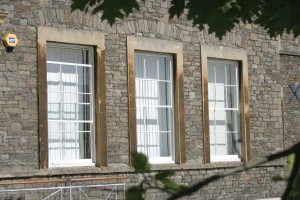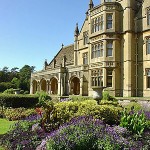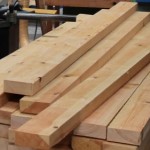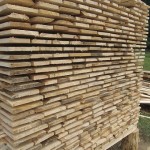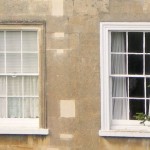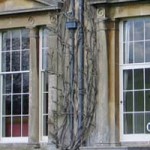
Next year, Wessex Restoration celebrate 25 years of trading. Here’s some more information about the history of the company so far, and why we’ve been able to become one of the region’s leading heritage restoration and renovation companies. The beginning: 1996 Wessex Restoration was established in January 1st 1996, as a franchise of Ventrolla Ltd, which had patented a unique draught proofing system for sliding sash windows. Originally we covered the Bristol, Bath and Gloucester postcodes, from offices in Clevedon. 2000 to 2007 A couple of years later, Wessex Restoration moved to Nailsea, where a joinery shop was set up in response to an increase in demand for bespoke replacement … Continue reading

